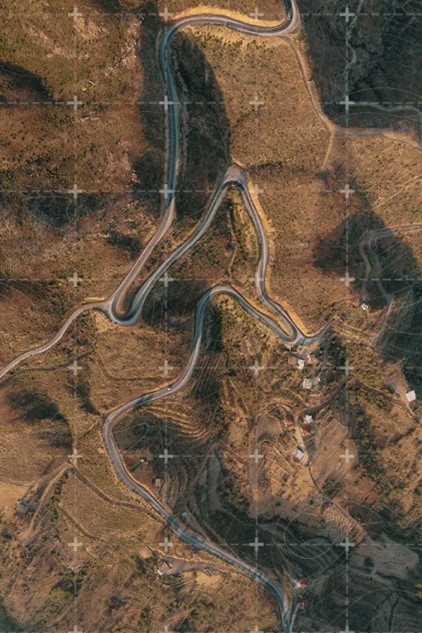Artificial Intelligence Algorithm Training and Real-World Environment Simulation
Partnering with the Department of Defense to develop artificial intelligence/computer vision algorithms.
SITUATION
Computer vision (CV) and algorithm training is a major challenge for the Department of Defense (DoD) as they look to make America a leader in military artificial intelligence (AI) applications. Fueled by the National Defense Authorization Act and executive orders, the DoD has increased funding research to develop this emerging technology. In order to train algorithms effectively, engineers need to create never-before-seen models and simulations that accurately represent real-world environments.
SOLUTION
Working with DoD and partner organizations, ECS recently developed AI/CV algorithms to help autonomously control the flight and sensor capabilities of an unmanned aerial vehicle (UAV). Through the creation of multi-dimensional, physics-based model, ECS built a training environment where DoD partners could test and validate AI/CV algorithms against real-world simulations. The system also uses edge computing and an open systems architecture to create a highly cohesive simulation environment that is flexible, scalable, and easily modified to DoD operational needs due to its modular nature.
RESULT
 To properly create an effective simulation environment for training, we had to make sure that simulation met certain standards in target detection, tracking, and classification. For example, our synthetic data needed to take into account clutter effects on target images in order to properly train the detection algorithms against a litany of ground features. When building our simulation and training environments, we also needed to meet the design standards set by the Defense Advanced Research Projects Agency’s (DARPA) collaborative operations in denied environment (CODE). Using CODE as the foundation of our model environment enabled the UAV to better integrate and collaborate autonomously between other aerial systems.
To properly create an effective simulation environment for training, we had to make sure that simulation met certain standards in target detection, tracking, and classification. For example, our synthetic data needed to take into account clutter effects on target images in order to properly train the detection algorithms against a litany of ground features. When building our simulation and training environments, we also needed to meet the design standards set by the Defense Advanced Research Projects Agency’s (DARPA) collaborative operations in denied environment (CODE). Using CODE as the foundation of our model environment enabled the UAV to better integrate and collaborate autonomously between other aerial systems.
Engineers have only begun to explore the possibilities of AI/CV within DoD, Homeland Security, and the government. The future of AI/CV will transform national security from supply chain management to autonomous vehicles and ships. As the technology matures and expands, ECS continues to lead its development. ECS is creating new and advanced AI/CV solutions to power the next generation of autonomous robotics and intelligent systems. For more information on each of our AI/CV development practices, download our PDF.
